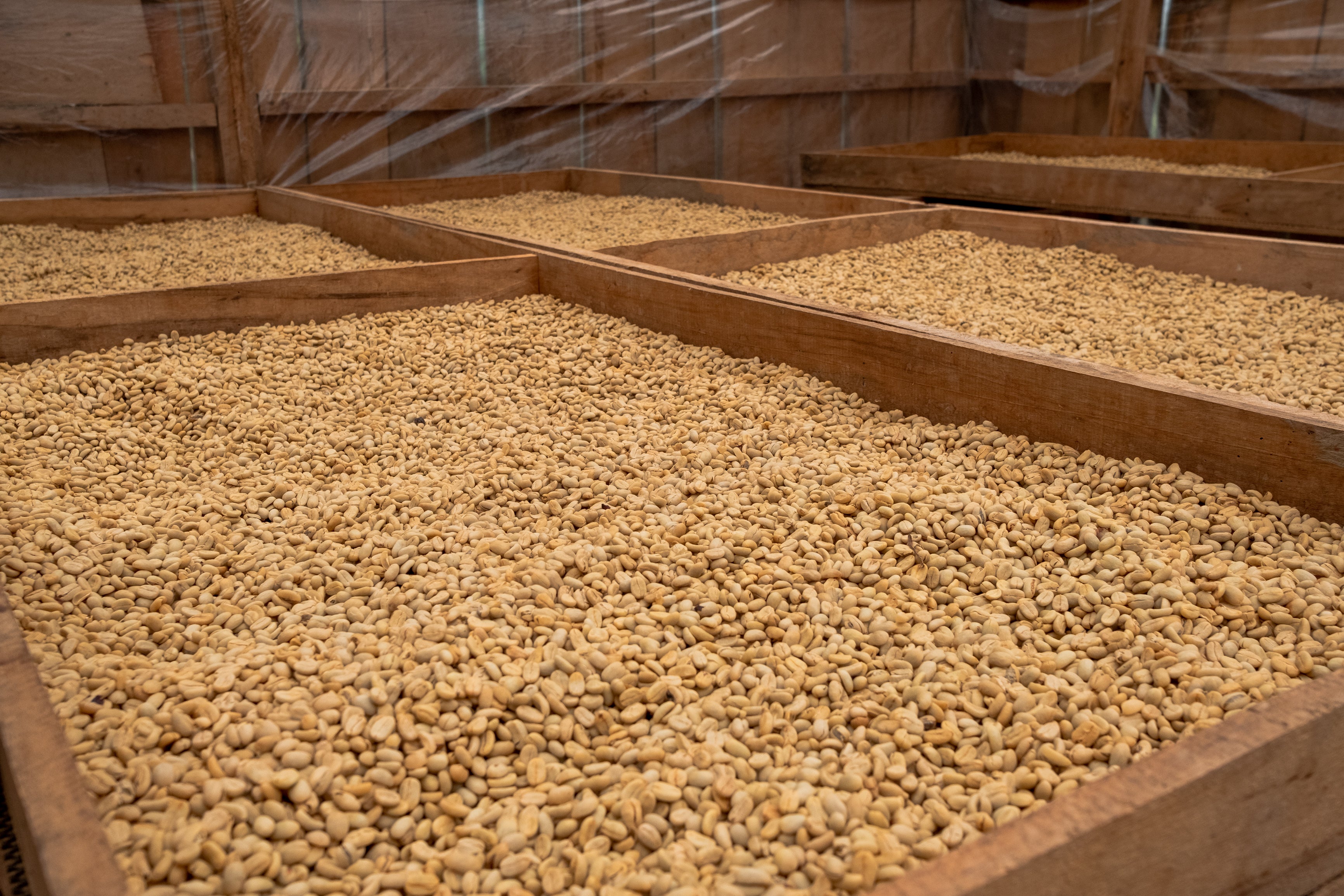Coffee Origin | Peru - Alto Mayo Forest - COOPBAM Cooperative

Peru has been an ever growing origin for Dogwood since 2017. We first started buying coffee from Southern Peru to find a consistent component to Bear Hug Espresso during the Winter and Spring months. With the help of Red Fox Coffee Merchants, we started exploring more possibilities and migrated North to the Alto Mayo Protected Forest of Peru where the ever growing Cooperative of COOPBAM is producing fantastic coffee.
COOPBAM spans the border between the San Martin and Amazonas departments in Northern Peru and has been invested in by Conservation International as an effort to promote sustainable growing practices and clean water preservation. A loan of $120,000 USD provided in December of 2018 enabled this coop to remit immediate payments to producers for cherry, while also building their reputation to encourage more producers to become members.
Within the Coop, there are four women’s committees to represent women’s rights. This has helped improve access to education, healthcare, medical campaigns, and more! They even raise their own trout as a source of food for the community. At Marilu’s Naranjitos station, it is 100% women run, from harvest until the coffee gets sent out.
Coffee here grows from 1,300-2,000 MASL which gives us a range of profiles that meet our blend needs, and produce some killer higher grade coffees. During our visit we were seeing varieties like Bourbon, Caturra, Pacas, Catimor, and Typica.

We were able to see two producers of COOPBAMS wet mills during our stay. Both follow a similar micro milling practice, which helps reduce local environmental impact, as well as keeping runoff to a minimum for water sources down stream.
De-Pulping and Fermentation

Ripe cherries waiting to be tossed into a depulping machine at Marilu Lopez Padilla’s wet mill, which goes by the name of “Naranjitos.”


(Above) Freshly separated cherry from seed to be prepped for fermentation. Experiments are always being made with coffee fermentations to see how it affects the end coffee product. This includes being submerged in water, partially submerged in water, aerobic fermentation (open air) or anaerobic fermentation (lack of air), and more!

After fermentation, the washing process takes place. At this point you can leave ‘x’ amount of mucilage on the coffee to dry as a honey process, or rinse all the mucilage off for a fully washed coffee.

Drying
Drying takes a lot of care, as producers want to dry coffee as evenly and consistently as possible. Using raised beds with proper ventilation and a stable environment will help with the overall drying process and is one of the many steps to improving cup quality and shelf stability in green coffee storage. Being in the Alto Mayo Forest means a lot of wet conditions, and each producer has a different build for how they dry their coffee.
Edwar Guivin Fernandez has a property of 2 floors (shown below), with the top being dedicated to drying. The space is illuminated through transparent roof panels that allow for partial sunlight, walls covered in plastic to prevent rain getting in, and wood frames built with mesh bottoms to allow for coffee to dry with air moving across the top and bottom layers of coffee.


Marilu Lopez Padilla’s setup has similar methods, but a different setup. What’s really cool about this location is the tiered and gradual approach to drying they use.


Instead of an elevated floor, the women of Marilu’s station take a 3-tiered drying approach to their coffee. They dry their coffee gradually by starting at the lower tier where the air is cooler, followed by tier-2, where the air is ambient, and then ending at tier-3, where the air is the warmest.

COOPBAM is a very humble community that produces fantastic coffee while being supportive of one another and their environment. At Dogwood Coffee, we are always evaluating how we can reduce our own footprint on this Earth of ours. We are 100% for what this community is doing and can't wait to grow with them over the years to come.
Stay tuned for the Peru arrivals, which should be on our offerings at the start of December!
P.S. An origin trip is never complete without finding animal friends. So please, see the dogs of Peru below!
- Bryant + Team Dogwood




